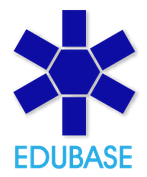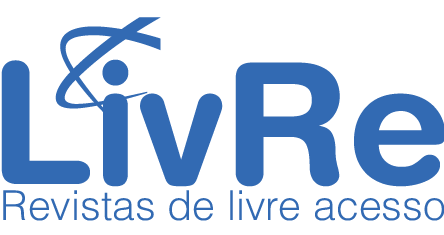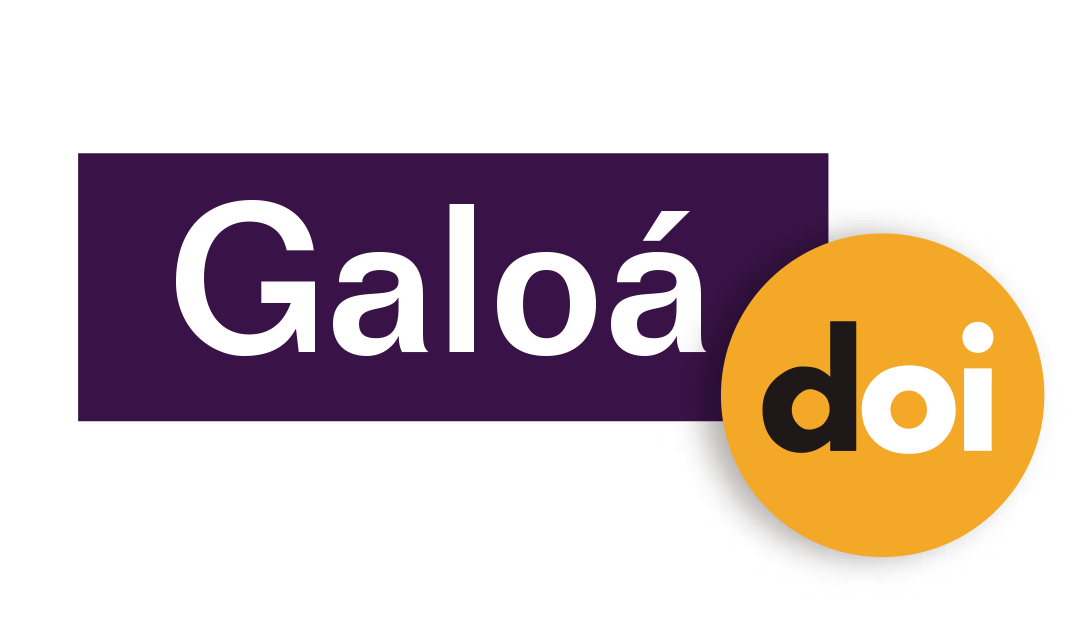Cyberformação de Professores de Matemática: olhares para a dimensão tecnológica / Cybereducation of Mathematics Teachers: Views to technological dimension
Resumo
Neste artigo, apresentamos e analisamos concepções de professores de matemática em Cyberformação sobre o uso de Tecnologias Digitais (TD) em processos de ensinar e aprender, com o objetivo de potencializar as concepções de Cyberformação, visto que esta se configura em movimento em relação à própria formação do professor de matemática. A Cyberformação é uma concepção de formação de professores de matemática que se constitui pelo entrelaçamento entreas dimensões matemática, pedagógica e tecnológica. Em particular, neste artigo, o foco de análise é a dimensão tecnológica. Em termos metodológicos, os dados analisados foram produzidos nas interações com 12 professores de matemática (sujeitos de pesquisa), em um encontro síncrono (chat), provenientes do Curso de Extensão – Cyberformação de Professores de Matemática – 2ª Edição – realizado totalmente a distância. Diante disso, foram criadas duas unidades de análise: “Da lacuna na formação ao modismo no uso de TD ”, que visa evidenciar, pelas interações nochat , as lacunas presentes na formação inicial ou continuada, perante o possível uso de TD em sala de aula, que sepresentifica como modismo. Enquanto, “ TD em sala de aula: inserção ou transformação?”, aponta aspectos sobre os motivos da inserção de TD na aula, que se mostram em termos de agilidade ou suporte, os quais divergem da concepção de Cyberformação. Assim, a análise dessas unidades em consonância com os pressupostos teóricos buscaram responder a seguinte questão diretriz: Quais as concepções relativas ao uso de TD em sala de aula são postas em diálogo por professores de matemática em formação continuada? As concepções analisadas permitem inferir que o uso de TD no âmbito escolar ainda acontece por modismo, agilidade e/ou suporte, pois os recursos são usados nas aulas de matemática em função do avanço tecnológico. Ou ainda, há uma ‘simples’ troca de tecnologia (por exemplo, da atividade feita com lápis e papel para a reprodução no computador). As concepções também apontam para lacunas referentes à dimensão tecnológica, que se presentificam em momentos de diálogo no chat. Tais lacunas podem estar atreladas à vivência na formação inicial e/ou continuada. Diante disso, a presença da Cyberformação pode ser uma possibilidade de transformação da ação docente. Ou seja, uma concepção de formação matemática, pedagógica etecnológica ‘aberta’, em que o professor de matemática sinta a necessidade de estar em constante e permanente formaçãoIn this article, we present and analyze mathematics teachers’ conceptions in Cybereducation about the use of Digital Technologies (DT) in teaching and learning processes. Our objective is enhance the concepts of Cybereducation, because it is in progressive motion in relation mathematics teachers’ education. The Cybereducation is a conception of mathematics teachers’ education that shows itself by intertwining among mathematical, pedagogical and technological dimensions of mathematics teachers’ education. In particular, in this article, the focus of analysis is technological dimension. Methodologically, the data were produced in interactions with 12 mathematics teachers(research subjects), in a meeting synchronous (chat) from an Extension Course – Cybereducation of Mathematics Teachers – 2nd Edition. This course was executed entirely by online communication. So, we created two units of analysis: “The gap from education of teachers until the fad in the useof DT”, which aims to highlight, by interactions in chat, the gaps present in the initial or continued education in relation the possible use of DT in classroom, which becomes present as fad. Another one is “DT in the classroom: integration or transformation?” It points out aspects about reasons ofthe inclusion of DT in classroom that are shown themselves in terms of agility or support, which (both) differ from the Cybereducation conception. Thus, the analysis of these units under the theoretical framework answers the following question: What are the conceptions about the use ofDT in the classroom that are putted into dialogue by mathematics teachers in continuing education? The analyzed concepts allow us to infer that the use of DT in schools still happens fad, agility and / or support, as resources are used in math classes due to technological advancement. Or, there is a ‘simple’ technology exchange (eg, the activity done with pencil and paper for reproduction on your computer). The concepts also point to gaps related to the technological dimension, which present themselves in moments of dialogue in the chat. Such gaps can be linked to the experiencein initial and/or continued education. Thus, the presence of Cybereducation may be a possibility of transforming the teaching action. That is, a “open” conception of mathematical, pedagogical and technological education, where the math teacher feels the need to be in constant and ongoingeducation.
Texto completo:
PDFApontamentos
- Não há apontamentos.
Direitos autorais 2013 Lucas Vanini, Mauricio Rosa, Jutta Cornelia Reuwsaat Justo, Vinícius Pazuch

Esta obra está licenciada sob uma licença Creative Commons Atribuição 4.0 Internacional.
ANÚNCIOS
Informamos que, a partir de outubro de 2025, devido ao grande número de artigos na fila de submissão, está suspenso o aceite de submissões. Rebriremos em fevereiro de 2026.
Mais, informamos que sites fraudulentos, https://periodicos-ulbrabr.org e https://periodicos-ulbrabra.org, estiveram se passando pela Acta Scientiae, utilizando nosso nome e identidade visual e até solicitado taxas de APC, que nós não cobramos. Aconselhamos cautela para evitar serem enganados por sites semelhantes.
Conceito A2 na Capes(2021)
Índice h5 do Google Scholar: 13
Índice mediana h5 do Google Scholar:24
eISSN: 2178-7727
Indexações:
A Acta Scientiae é indexada em: | Scopus |  | Latindex |  | Edubase (SBU/UNICAMP) |
 | Sumarios.org |  | Google Scholar |  | Portal LivRe (CNEM) |
 | Journals for Free |  | REDIB |  | Galoá DOI |

Todos os trabalhos publicados aqui estão sob uma licença Creative Commons - Atribuição 4.0 Internacional.
